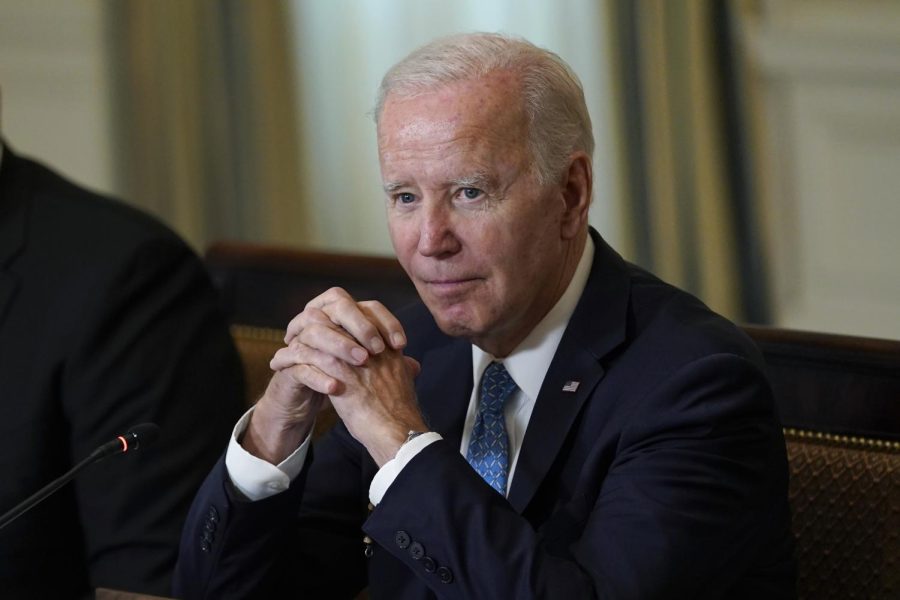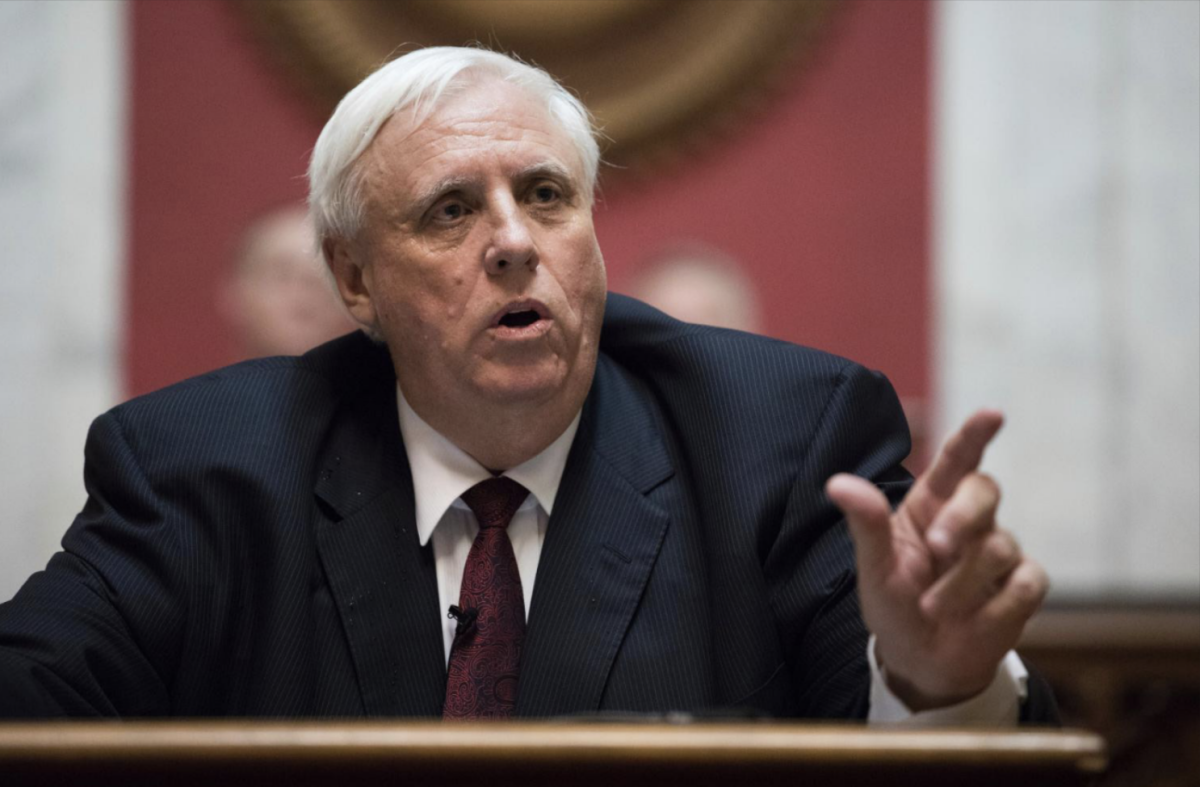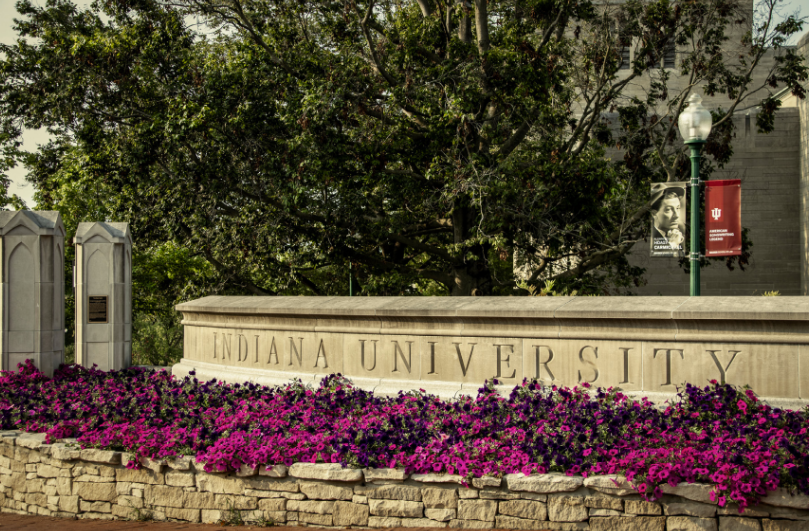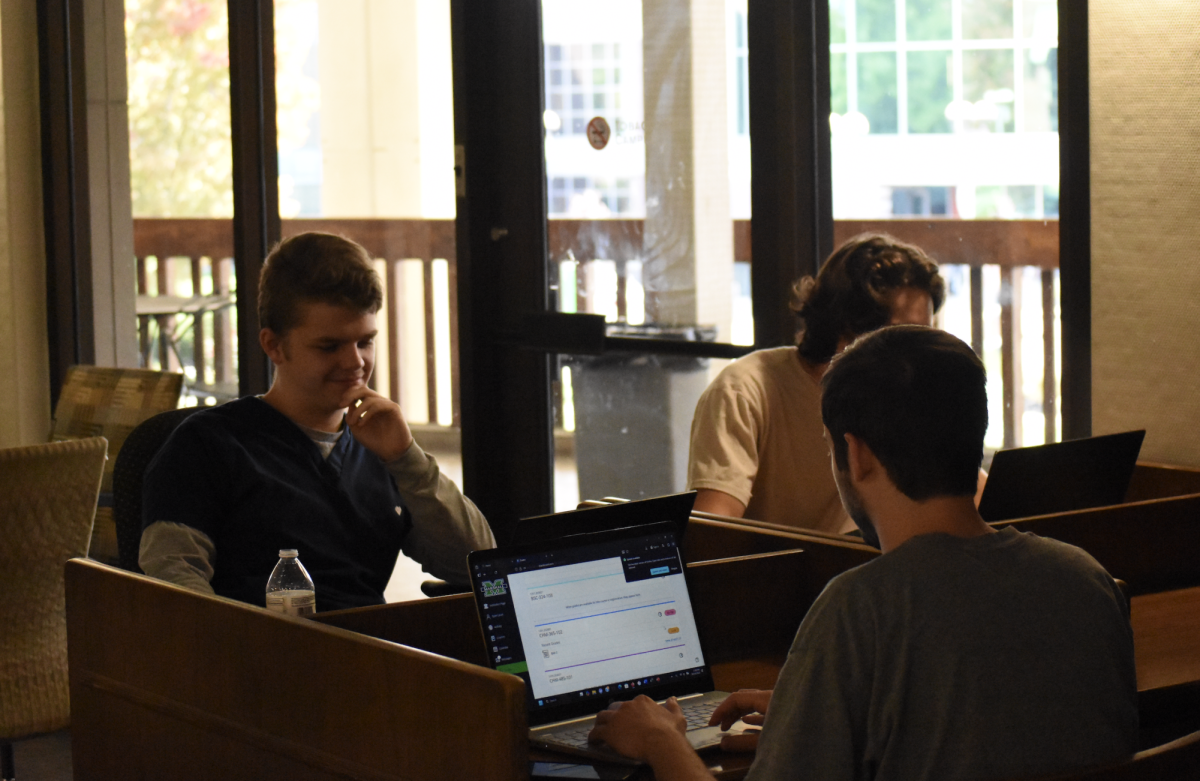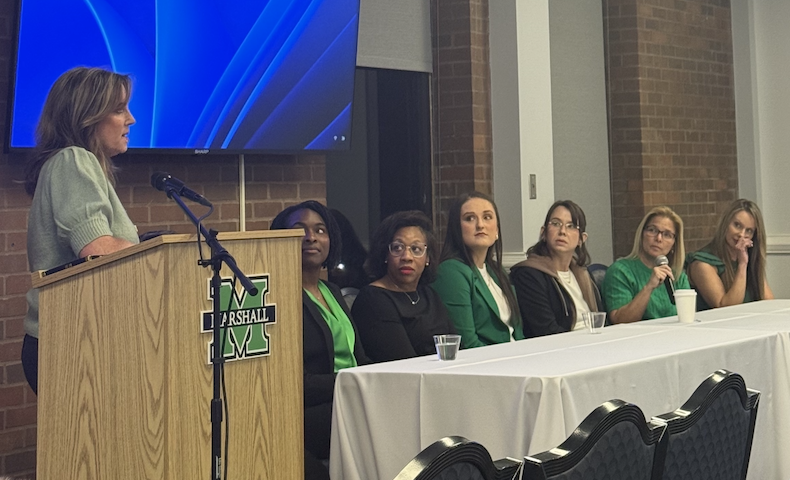On the campaign trail in 2019, Joe Biden promised to enact changes to reduce the mountainous burden placed on Americans due to the student loan crisis that economically stifles nearly 43 million citizens.
While his administration has put forth legislation to begin tackling the issue, the road hasn’t been easy. Last year, the Supreme Court struck down his plan that would see up to $20,000 in forgiveness for Pell Grant recipients and $10,000 in forgiveness for other borrowers. The Supreme Court’s decision was based on governmental overreach, despite the fact that the plan would have saved millions of Americans from crippling debt, with the average borrower owing just over $30,000.
However, the administration is still attempting to address the crisis. In his latest attempt, Biden announced last month that those enrolled in his SAVE plan will cancel loans for 153,000 borrowers who have made payments for the last ten years and borrowed less than $12,000, clearing nearly $1.2 billion in loans with more being planned.
Those making over $32,000 will also see significant savings in their monthly payments. A single adult making over $40,000 will see their payment decrease to $60 a month; those making $50,000 will pay $143 and anyone making over $60,000 will see a $227 payment, according to studentaid.gov.
The SAVE plan is an income-based repayment plan that would lighten the burden for those enrolled by significantly reducing the monthly payments owed by former students. For those making less than $32,000 a year, the plan reduces their payments to $0 per month.
In addition, the plan assists by expanding cancellation for those who borrowed more than $12,000, albeit over a significantly longer time- frame. For each $1,000 over the $12,000 threshold, an additional year beyond the 10 years will be added to the repayment plan, capping at 20 years. Effectively, after 20 years, if in good standing and having made all payments, even if those payments are at $0, the loans will be forgiven.
So far, more than 7.5 million borrowers have already enrolled in the plan. The plan makes repayment and possible forgiveness much more obtainable as long as the monthly payments are made.
While this move undoubtedly gives borrowers a path for economic restitution, the issue persists over how we managed to get to the point where student loan debt in the country stands at a total of $1.7 trillion.
A large issue that higher education institutions face is a lack of public funding. State and government assistance has been steadily declining over the past several decades, with states continuing to provide less and less for colleges and universities as the cost of operation continues to increase.
This loss of funding paired with increased administrative costs and decreasing enrollment nationwide has left academic institutions to rely more heavily on tuition and fees from students.
While attacking student loans will likely have an immediate impact on the lives of millions of former students and graduates, the root of the issue persists. Thus, if Biden truly wants to make an impact on the lives and livelihoods of those carrying the financial burden of obtaining a degree, his administration needs to do more, including increasing the federal funding for higher education to make it more affordable and accessible.
Without addressing the actual rising costs of obtaining a degree, enrollment will likely continue to drop as more potential students question the cost versus benefits of college, and unless Biden’s administration reexamines the funding of colleges and universities, the forgiveness and repayment plans will only delay the inevitable continuation of the student loan crisis.


